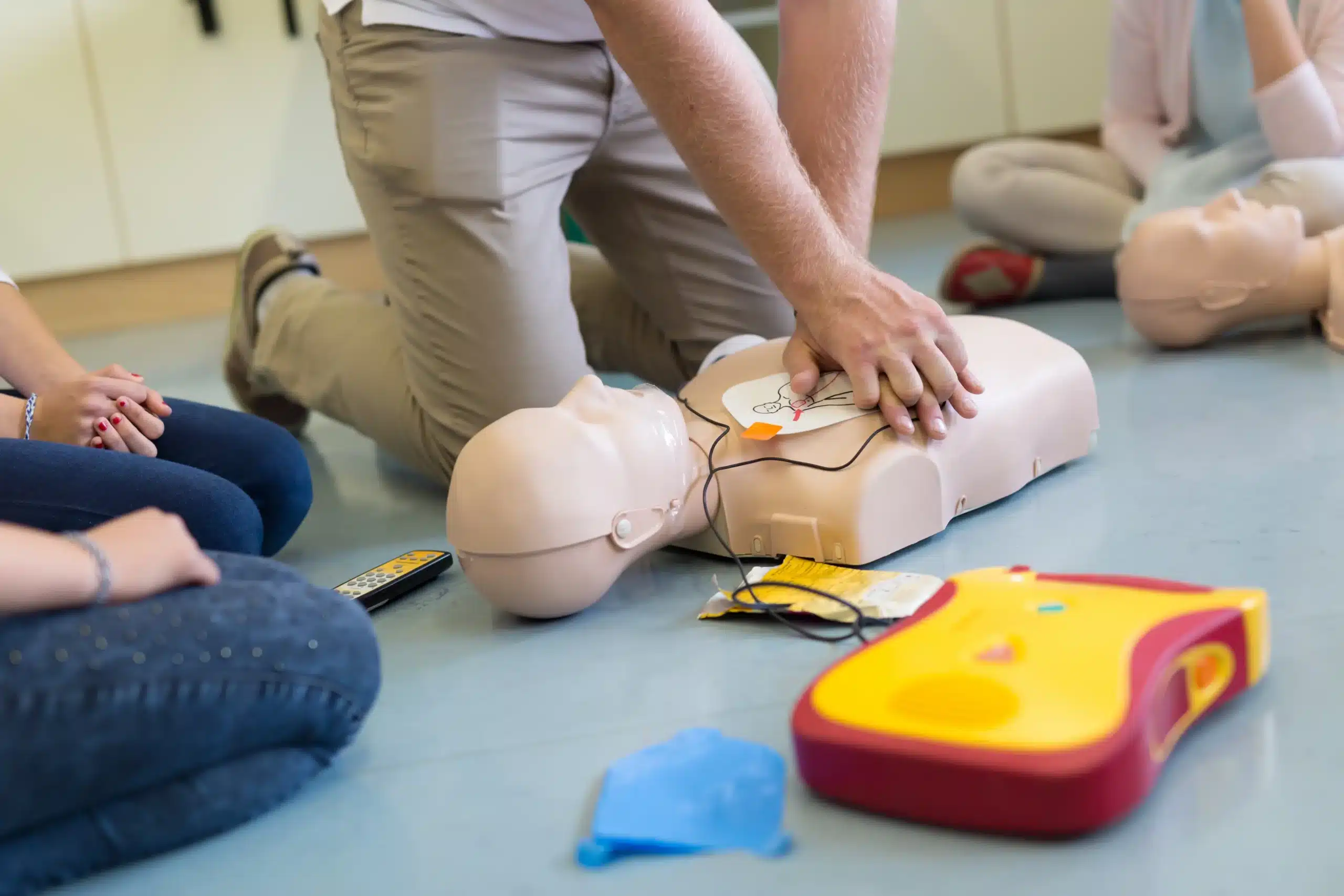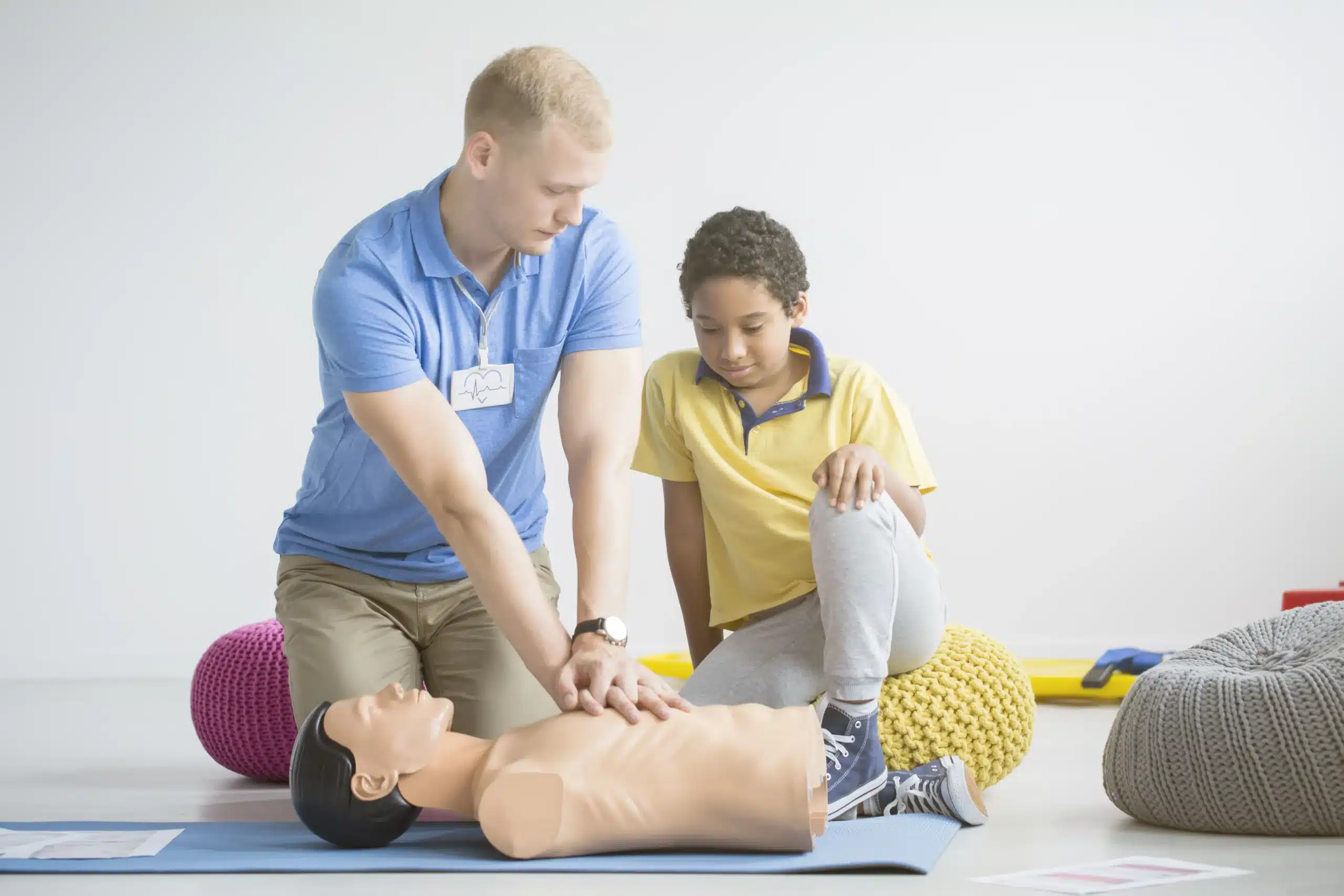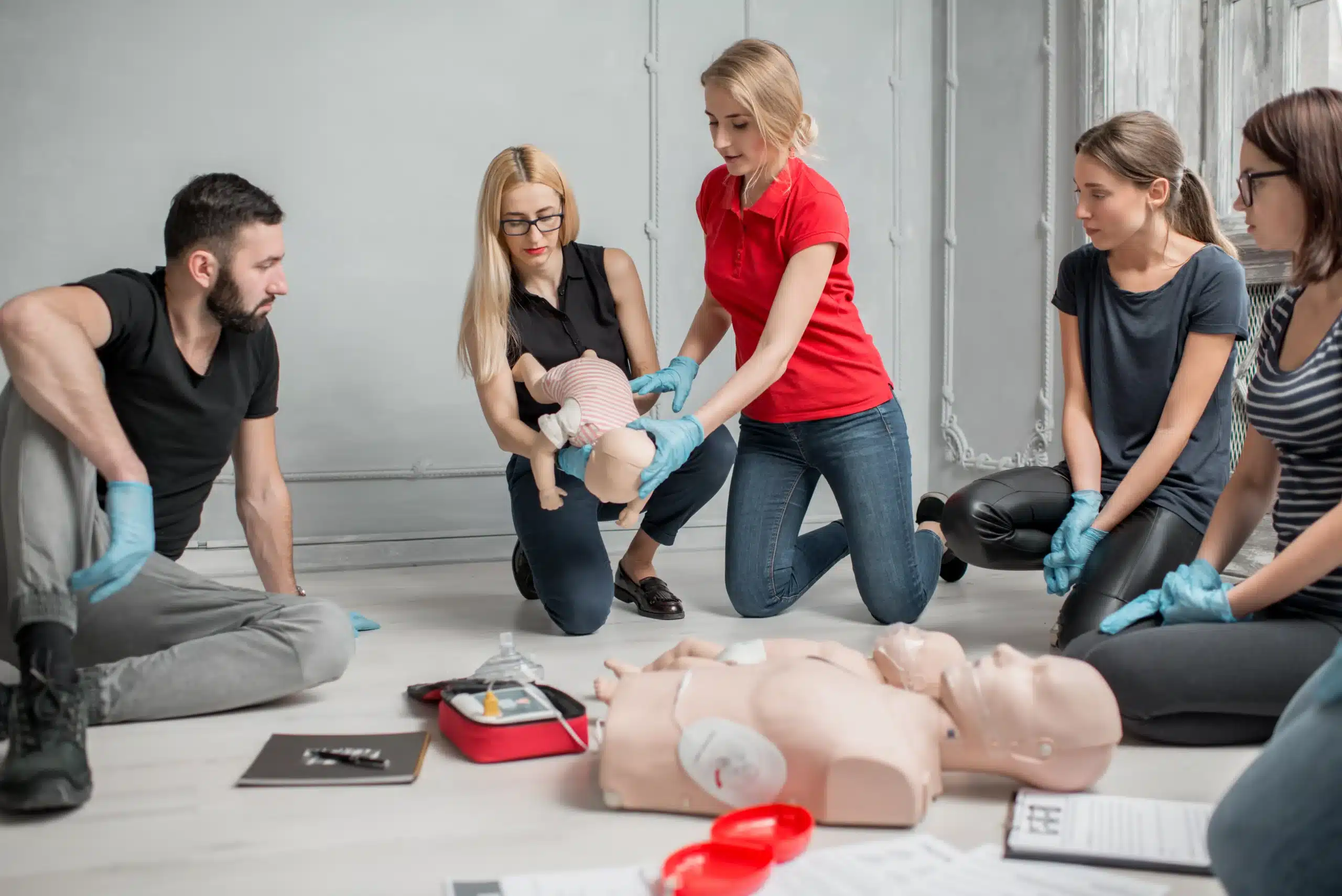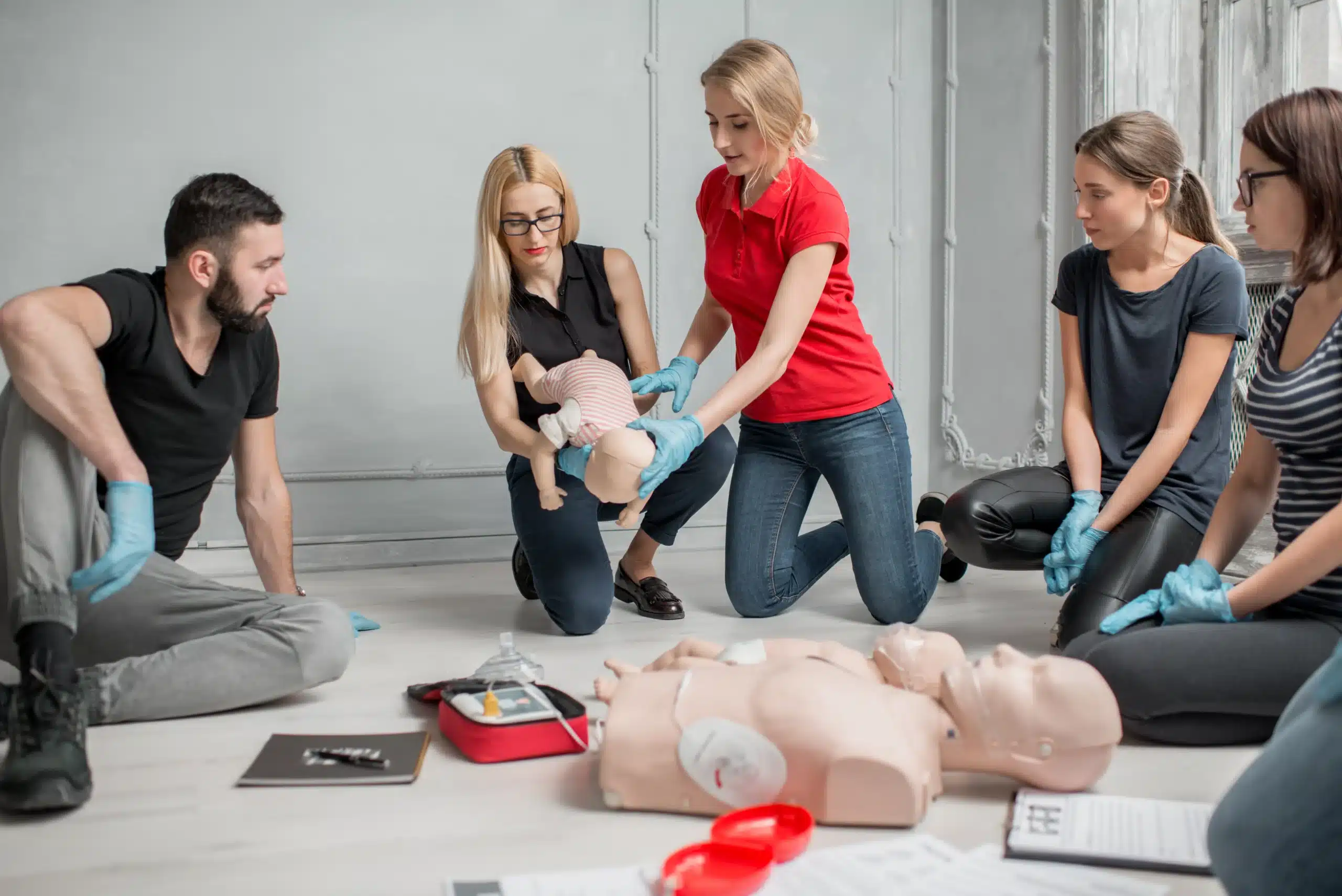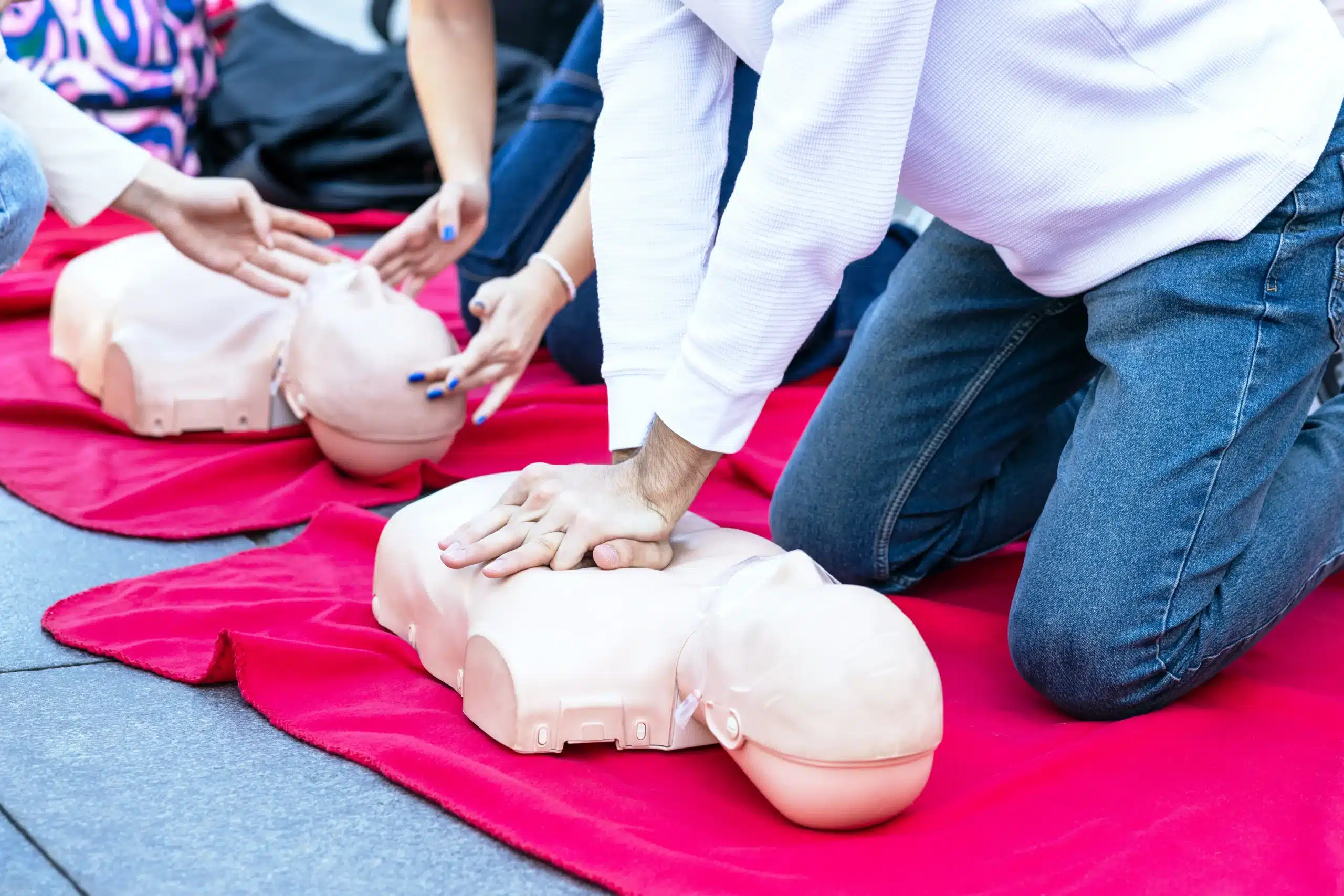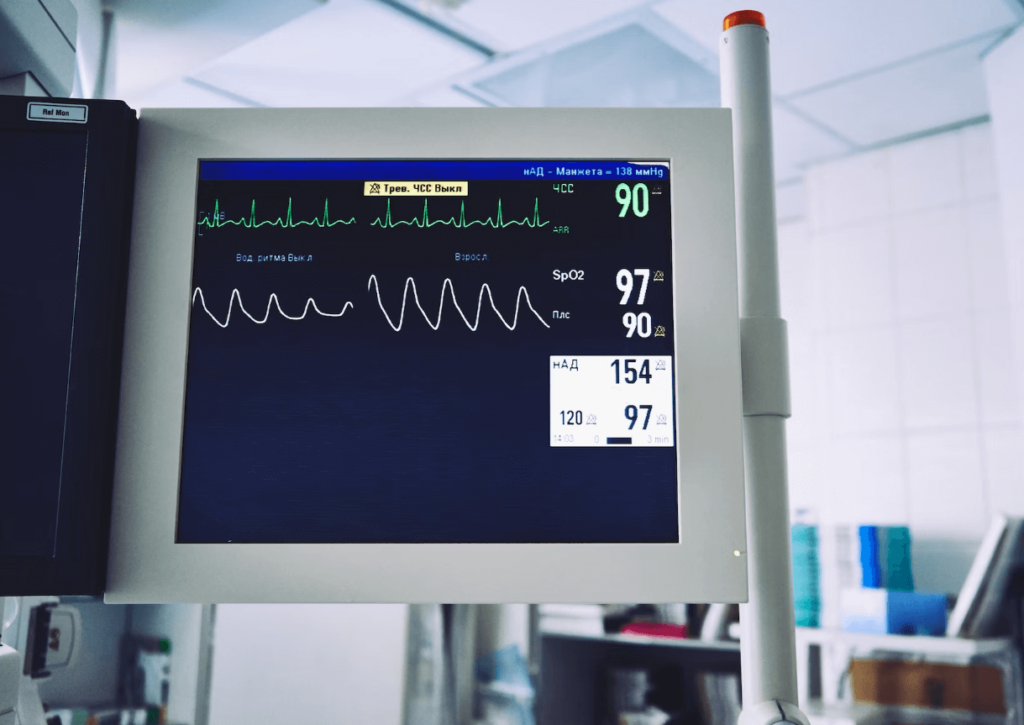CPR, or cardiopulmonary resuscitation, is a life-saving technique used in emergencies when someone’s heart stops beating. Despite its importance, many myths surround CPR, leading to confusion and hesitation. This article aims to debunk common misconceptions, providing clarity for anyone who might be in a position to save a life. By understanding these myths, you’ll be better prepared to act confidently and effectively in an emergency.
Myth 1: CPR Can Only Be Performed by Professionals
Some people believe only doctors or paramedics can perform CPR. This myth couldn’t be further from the truth. While medical professionals receive extensive training, CPR is a skill anyone can learn. In fact, bystanders administering CPR before emergency services arrive can double or triple a victim’s chance of survival. Various organizations, like the American Heart Association, offer CPR courses to equip everyday people with the skills needed to save lives.
Myth 2: You’ll Get Sued for Performing CPR Incorrectly
A common fear is facing legal consequences if CPR is performed incorrectly. Fortunately, the Good Samaritan Law protects individuals who assist others in an emergency, as long as their actions are reasonable and within their knowledge level. This means you can confidently provide CPR without fear of legal repercussions, as long as you act in good faith. Remember, any attempt to help is better than doing nothing at all.
Myth 3: You Need to Perform Mouth-to-Mouth Resuscitation
Many people hesitate to perform CPR because they believe mouth-to-mouth is required. However, studies show that hands-only CPR is equally effective for adults who suddenly collapse. This method involves chest compressions without rescue breaths, making it simpler and more approachable for bystanders. In situations involving children or drowning victims, traditional CPR with rescue breaths remains recommended.
Myth 4: CPR Can Revive a Person Instantly
Movies and TV shows often portray CPR as a miracle cure that instantly revives an unconscious person. In reality, CPR’s primary function is to maintain blood flow to the brain and vital organs until professional help arrives. The goal is to keep the victim’s chances of survival high, but it may not always lead to immediate recovery. Always call for emergency services and continue CPR until help arrives or the person shows signs of life.
Myth 5: You Can Hurt Someone by Performing CPR on Them
It’s true that performing CPR might cause rib injuries or fractures, but this shouldn’t deter you from acting. The priority is to save a life, and broken ribs are a small price to pay compared to the potential outcome. Chest compressions require a firm push to be effective, and it’s essential to press down at least two inches deep for adults. Proper technique can minimize the risk of injury, but it’s important to act decisively.
Myth 6: CPR Is Not Needed for Young or Physically Fit People
Heart attacks or cardiac arrest can happen to anyone, regardless of age or physical fitness. While older adults and those with pre-existing conditions are more at risk, younger individuals can also experience sudden cardiac events due to genetic factors or undetected heart conditions. Being prepared to administer CPR is crucial, as it can make the difference between life and death in unexpected situations.
Myth 7: CPR Training Is Long and Complicated
Many people assume CPR training is time-consuming and complex, discouraging them from learning this vital skill. In reality, CPR courses are concise and user-friendly, often taking just a few hours to complete. Organizations like the American Red Cross and local community centers offer accessible training options, allowing you to gain confidence and competence in a short time. Some online courses even provide certification, making it easier than ever to learn CPR.
Myth 8: CPR Is Only Necessary for Heart Attacks
While heart attacks are a common cause of cardiac arrest, other factors can lead to a person needing CPR. Drowning, choking, electric shock, or severe allergic reactions can all cause an individual to stop breathing and require immediate intervention. Understanding that CPR is applicable in various emergencies broadens your ability to act effectively in different situations.
Myth 9: It’s Better to Wait for Professional Help
In an emergency, every second counts. Waiting for paramedics can significantly decrease a person’s chance of survival. By starting CPR immediately, you provide critical support that can sustain life until professional help arrives. Time is of the essence, and your actions in those first few minutes can be pivotal in saving a life.
Myth 10: CPR Is Ineffective Without an Automated External Defibrillator (AED)
An AED can be a valuable tool in cardiac emergencies, delivering an electric shock to restore a normal heartbeat. However, CPR remains vital even when an AED isn’t immediately available. By maintaining blood circulation, CPR buys time for the AED to be used effectively. If an AED is accessible, use it as soon as possible while continuing CPR.
Myth 11: You Must Be Physically Strong to Perform CPR
Some people worry they lack the physical strength to perform effective CPR. The key to successful compressions is technique rather than sheer force. By using your body weight and positioning your hands correctly, you can deliver compressions that are both effective and sustained. It’s important to focus on the rhythm and depth of compressions rather than strength alone.
Conclusion
Dispelling these myths about CPR is essential for empowering more people to respond confidently in emergencies. By understanding the facts, you can be better prepared to provide life-saving assistance when it matters most. Remember that CPR is a skill accessible to everyone, and learning it can make a profound difference in your community.
For further information, consider enrolling in a CPR course at Safety Training Seminars. Your willingness to act can save lives, turning ordinary moments into extraordinary acts of heroism.


